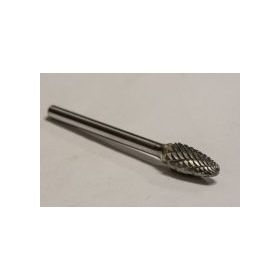Categories of Dental Burs and cases when to Utilize Them
There are many of numerous kinds of dental burs out there, and each one offers specific advantages. Some function better in some capacities, but making the correct choices are needed for the cost-effective success of the practice.

We’ve examined types of dental burs, and provided information to assist you make the right choices when picking one to your dental or orthodontic practice.
1. Diamond burs
Benefits of using diamond dental burs:
Diamond burs enable faster and smoother cutting, and therefore are needed when a cut requires extreme precision. Diamond burs with a finer grit can produce a higher polish, and are therefore more appropriate for precise work as an alternative to removing large pieces of material.
When purchasing a diamond ring dental bur, do not forget that natural diamonds can last longer than their man-made counterparts.
Use diamond burs for: Cutting through porcelain, polishing.
2. Carbide burs
Benefits of using carbide dental burs:
Carbide burs leave a smoother surface than diamond burs. Carbide burs also provide less vibration and “chatter” than other kinds. Because these burs manage to withstand high temperatures, they maintain their edge a lot longer than other burs.
These burs doubles with a wide selection of materials, including gold, silver and acrylics. Moreover, they have longevity without chipping or breaking.
Use carbides for: Preparing cavities for fillings, shaping bone, removing old fillings.
Do you know the Main Differences Between Carbide Burs and Diamond Burs?
Both carbide and diamond burs are instrumental areas of your dental office, and necessary tools you’ll want to become successful. Since they have their strengths, it’s imperative that you realize their differences so that you can easily select which could be right.
Each one of these burs operates differently. With diamond burs, you grind around the tooth, which leaves a tough surface. As a result, you have to polish it later. Carbides, on the other hand, are perfect for slicing away very small components of your tooth. The reason being carbide burs have small blades.
More information about carbide burs dental lab use have a look at this useful resource

Leave a Reply
You must be logged in to post a comment.